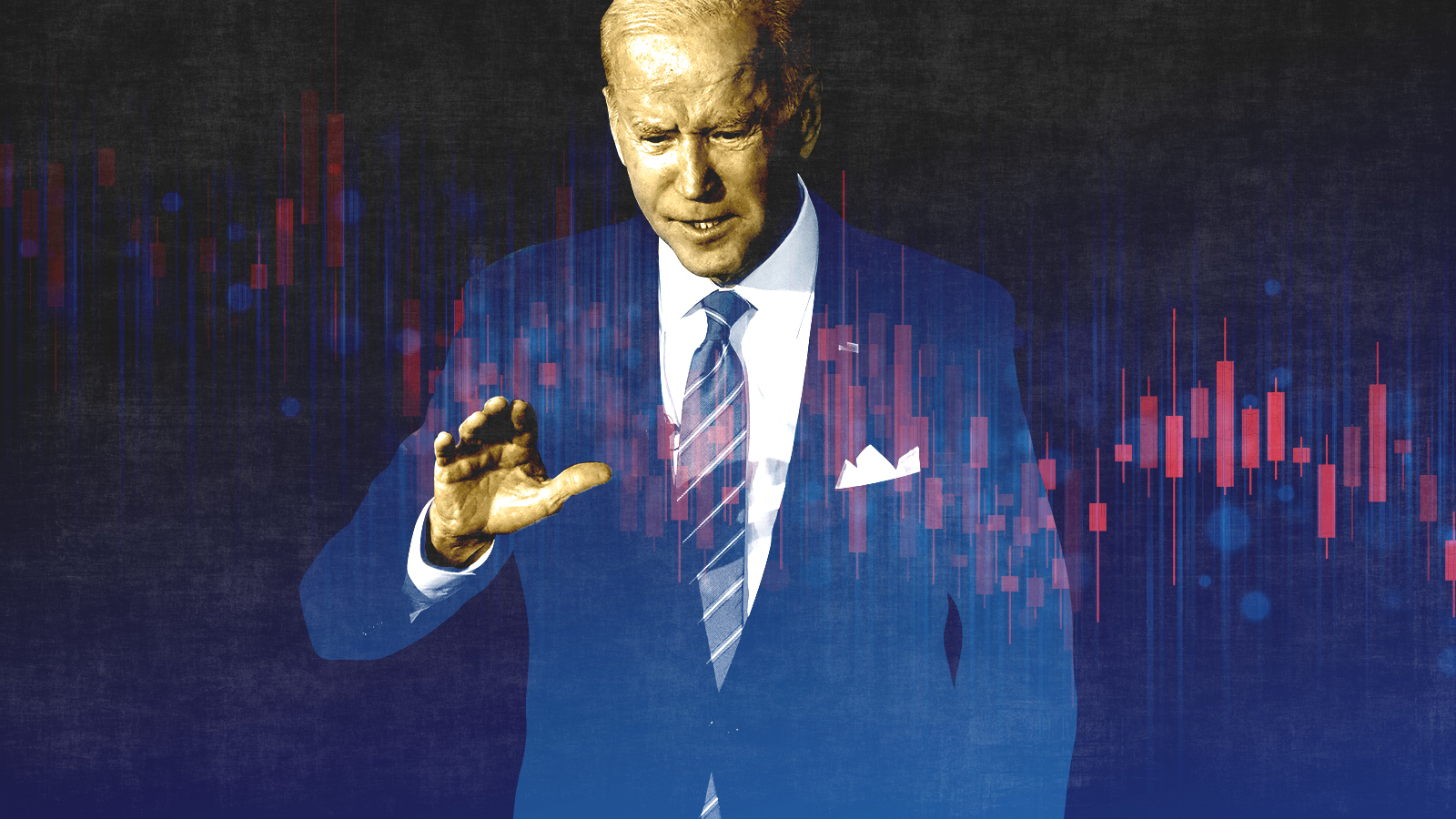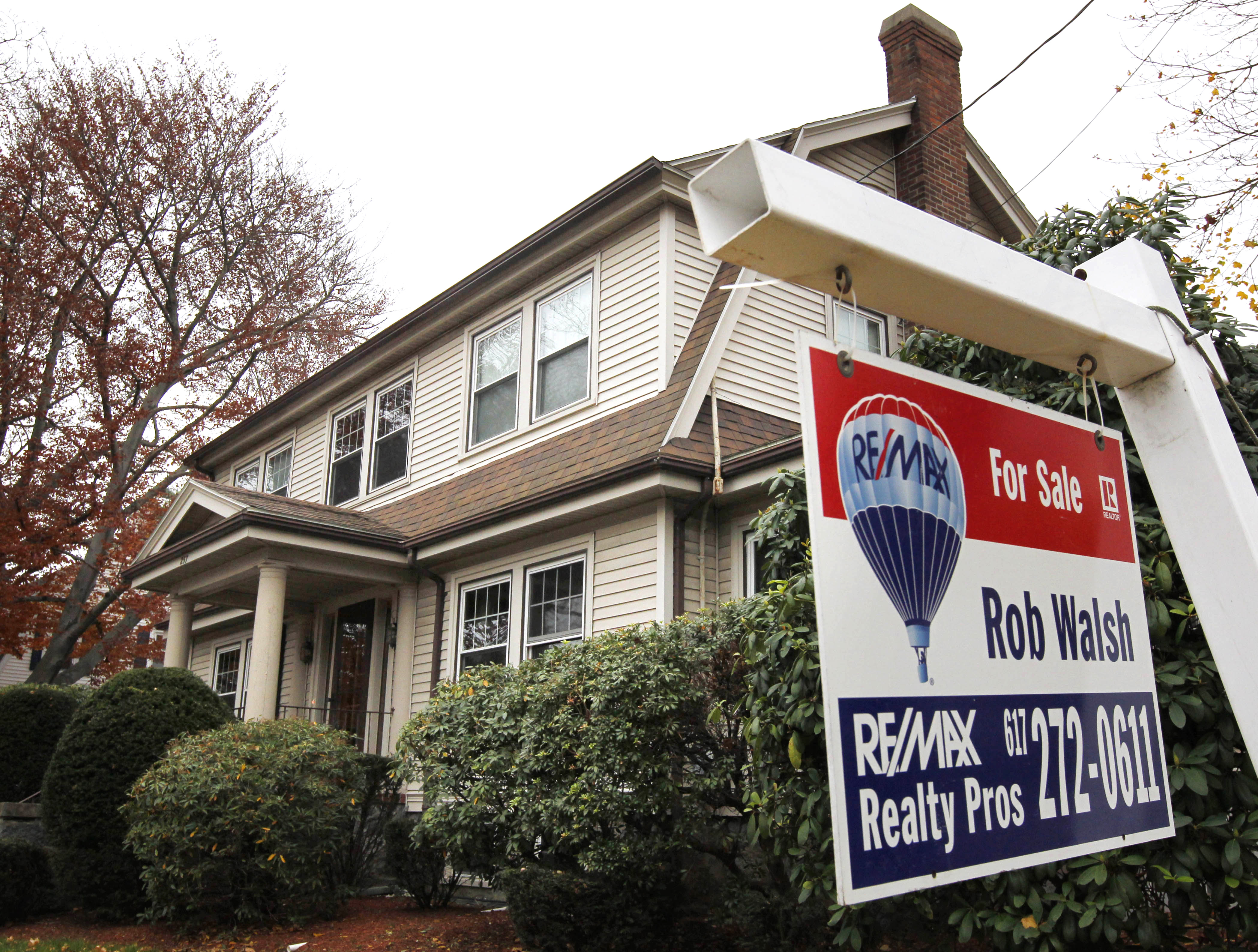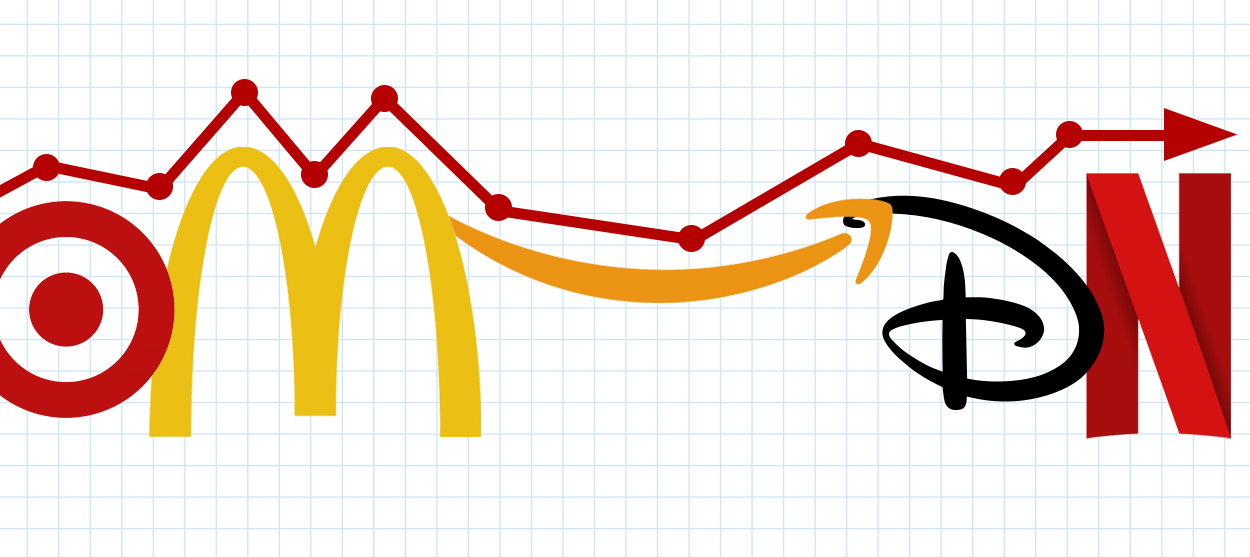What is Trump's plan to make the American economy great again?
The details are scant, but the basic promise is "very straightforward": sustained 3 percent growth

The smartest insight and analysis, from all perspectives, rounded up from around the web:
"What does it mean to 'Make America Great Again,' economically speaking?" asked Eshe Nelson and Dan Kopf at Quartz. The White House thinks it has an answer: MAGAnomics, a seven-point economic plan that takes its name from President Trump's campaign slogan. The details are scant — the strategy unveiled by White House budget director Mick Mulvaney in a Wall Street Journal column last week is more of a broad outline — but the basic promise of MAGAnomics is "very straightforward." The Trump administration says it will create sustained 3 percent growth, adding $16 trillion to the economy over the next 10 years. It will accomplish this ambitious goal by slashing corporate taxes and regulations; revamping welfare benefits to compel more people to work; embracing an "all of the above" energy strategy (including coal); and renegotiating unfair trade deals — all while reducing government spending. "If MAGAnomics is allowed to work," Mulvaney declared, "we will have set the stage for the greatest revival of the American economy since the early 1980s."
If only it were that simple, said Danielle Kurtzleben at NPR. Most economists think that achieving consistent 3 percent growth, a level not seen since the 1990s, is "highly unlikely" in the current climate. For one thing, the U.S. needs a growing labor force and higher productivity to meaningfully increase growth, but Baby Boomers are retiring and birth rates are falling. Immigration could replace those lost workers, but Trump has vowed to curtail the flow of immigrants, both legal and illegal. That's one of the reasons why the nonpartisan Congressional Budget Office estimates that the president's agenda will deliver just 1.9 percent growth over the next decade. "It's not unheard-of for the White House to have a more optimistic estimate of how quickly the economy will grow," said Matthew Zeitlin at BuzzFeed. But the gap between these forecasts "is unprecedented." Neither the Bush nor Obama administration's growth projections were more than 0.4 percentage points off from the CBO's. Even if the White House gets all the pro-growth policies it wants, "it would still have to struggle with stubborn demographic facts."
The Week
Escape your echo chamber. Get the facts behind the news, plus analysis from multiple perspectives.

Sign up for The Week's Free Newsletters
From our morning news briefing to a weekly Good News Newsletter, get the best of The Week delivered directly to your inbox.
From our morning news briefing to a weekly Good News Newsletter, get the best of The Week delivered directly to your inbox.
"The architects of MAGAnomics are making the same error that the masterminds of Obamanomics made," said Heather Long at The Washington Post. President Obama's team promised that the 2009 stimulus package would prevent the jobless rate from going above 8 percent, only to watch it breach 10 percent within months, handing Republicans a ready-made attack line. By setting a concrete goal of "3 percent GDP or bust," the Trump administration is similarly setting itself up for failure. The president's poll numbers are already scraping historic lows, and he's presiding over record-low unemployment and a booming stock market, said Dana Milbank, also at The Washington Post. Voters who approve of Trump's handling of the economy "are 40 or 50 percentage points more likely to approve of him overall," so any stumbles would be catastrophic to an already battered public image. "Economic woes — not the Russia scandal or zany tweets — are what would doom Trump in public opinion."
A free daily email with the biggest news stories of the day – and the best features from TheWeek.com
-
 The pros and cons of noncompete agreements
The pros and cons of noncompete agreementsThe Explainer The FTC wants to ban companies from binding their employees with noncompete agreements. Who would this benefit, and who would it hurt?
-
 What experts are saying about the economy's surprise contraction
What experts are saying about the economy's surprise contractionThe Explainer The sharpest opinions on the debate from around the web
-
 The death of cities was greatly exaggerated
The death of cities was greatly exaggeratedThe Explainer Why the pandemic predictions about urban flight were wrong
-
 The housing crisis is here
The housing crisis is hereThe Explainer As the pandemic takes its toll, renters face eviction even as buyers are bidding higher
-
 How to be an ally to marginalized coworkers
How to be an ally to marginalized coworkersThe Explainer Show up for your colleagues by showing that you see them and their struggles
-
 What the stock market knows
What the stock market knowsThe Explainer Publicly traded companies are going to wallop small businesses
-
 Can the government save small businesses?
Can the government save small businesses?The Explainer Many are fighting for a fair share of the coronavirus rescue package
-
 How the oil crash could turn into a much bigger economic shock
How the oil crash could turn into a much bigger economic shockThe Explainer This could be a huge problem for the entire economy


